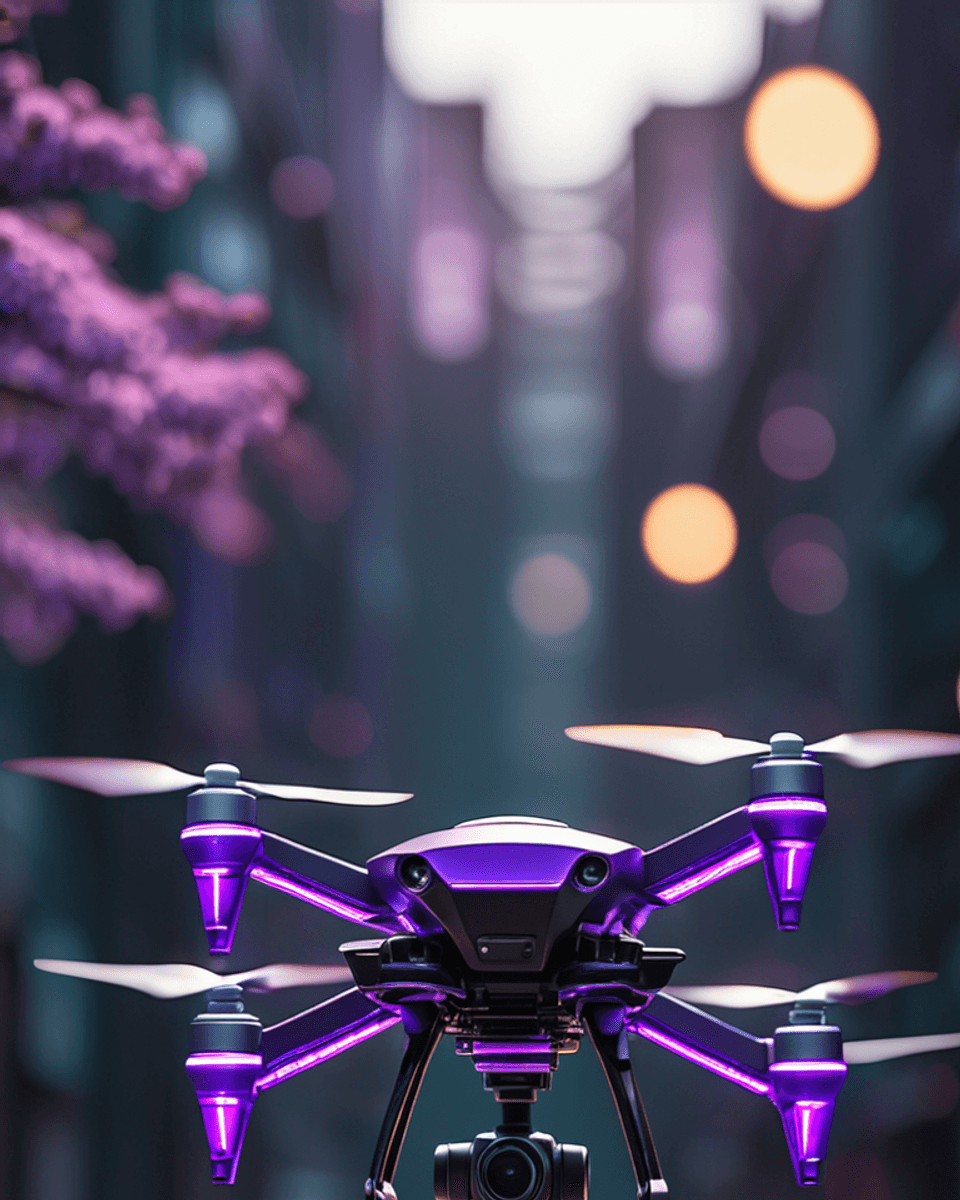Navigating the Roadmap to Drone Education Success
Embarking on a journey into drone education can be an exciting but daunting prospect. In this roadmap, we’ll guide you through the essential steps to success in implementing drone education programs, whether you’re an educator, administrator, or enthusiast looking to make an impact in the field.
Setting Objectives
Define your goals and objectives for integrating drones into education. Are you aiming to enhance STEM learning, foster creativity, or prepare students for future careers? Clarifying your objectives will guide your decisions and strategies moving forward.
Curriculum Development
Develop a curriculum that aligns with your educational objectives and standards. Identify key concepts and skills you want students to learn through drone education and design learning experiences that engage and challenge them.
Training and Professional Development
Invest in training and professional development opportunities for educators to build their knowledge and skills in drone technology and pedagogy. Provide hands-on training sessions, workshops, and online resources to support their learning journey.
Infrastructure and Resources
Ensure you have the necessary infrastructure and resources in place to support drone education programs. This may include drones, remote controllers, simulators, software, safety equipment, and dedicated learning spaces or flying fields.
Safety Protocols
Develop and implement comprehensive safety protocols to ensure the safe operation of drones in educational settings. Train students and educators on safety procedures, flight regulations, and responsible drone use to mitigate risks and promote a culture of safety.
Community Engagement
Engage with your local community, industry partners, and stakeholders to garner support for drone education initiatives. Collaborate on projects, seek funding opportunities, and involve experts from diverse fields to enrich the learning experience.
Assessment and Evaluation
Establish clear assessment criteria and methods to evaluate student learning and program effectiveness. Consider incorporating performance-based assessments, projects, portfolios, and rubrics to assess student competencies and track progress over time.
Continuous Improvement
Continuously evaluate and refine your drone education programs based on feedback, student outcomes, and emerging trends in drone technology and education. Stay informed about new developments and best practices to ensure your programs remain relevant and impactful.

